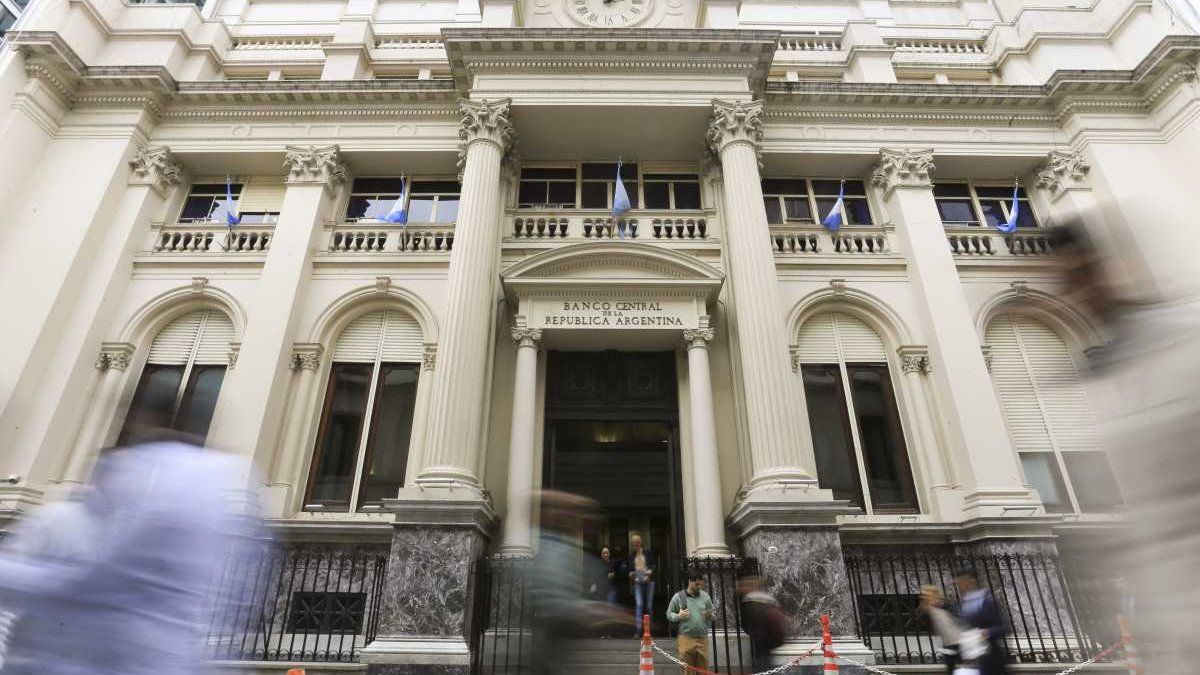Having reached rates of poverty and acceleration of inflation such as those that have manifested themselves in the first days of July, all possible tools should be implemented as soon as possible so that the new administration has enough time to achieve the proposed goals.
In that order, the question we ask ourselves is whether there is any measure – which, although it seems abrupt and may be disturbing for some of the sectors of economic activity, including the population that is affected by said measure – is necessary.
As we know in the economy everything is communicating vessels. When one partitions various flows to be able to conduct certain situations without them getting out of control, he knows that there is a limit that, if it overflows, leads to lack of control and the nullification of the entire instrumented architecture. Beyond the fact that the problems have been exacerbated by the value of imported fuels, although we cannot ignore that these imports will stop in no more than a month and a half, the accumulation of reserves appears to be very difficult or slow to be carried out. In addition, the accumulation of debt in the BCRA for more than 6 billion pesos to sterilize the currency issued as a result of the State deficit becomes a bomb that needs to be deactivated, with the inconvenience that the mechanisms – such as raising interest rates or issue indexed debt- to prevent it from being monetized and triggering inflation, they enhance the risk of a quasi-fiscal deficit. If those who speculate, the markets, do not understand that they are going to pay a high cost for betting on inflation and against the peso, it will be very difficult to avoid the risk we are running.
The ordering role of the Central Bank
It is here that we ask ourselves to what extent the central bank can further help the success of the current economic plan. If we take into account that between imports of finished goods and tourism expenses we consume between 1,500 and 2,000 million dollars a month, unfolding the exchange market for these goods, removing the possibility of accessing BCRA dollars, thus forcing those who demand them to resort to the “cash with liquidation” would produce several effects.
The positive flow of dollars from central bank would increase by an amount of 18 to 24 billion dollars a year, an amount high enough to recompose the reserves of the central bank and provide it with the necessary power to face the imports that make production fluid.
The BCRA could arbitrage part of the dollars it accumulates by selling them in the “contado con liquidi”, which would not only moderate the value of those dollars, but would also absorb liquidity in pesos; which would help control the credit mass that must be renewed.
Let us imagine that the Ministry of Economy reduces the fiscal deficit, thus limiting the issuance of central bank and that for a time the BCRA allocates 50% of the dollars it accumulates to “cash with liquid”; Let’s imagine that it does so with US$750 million per month, at current values it would be absorbing some 121.5 billion pesos (US$750 million x ($290 – $128) = US$750 million x $162 = 121.5 thousand million) monthly, that is almost 1.5 billion a year, this is almost 40% of the current monetary base or 25% of the debt in pesos of the BCRA.
From the point of view of the impact on inflation, this would initially be marginal, since basically it would only affect luxury goods, which also, in most cases, already have the value of said dollar incorporated. And it would be beneficial in the medium and long term.
From the point of view of the gap between the official dollar and the “contado con liqui” and the value of Argentine debt securities, the effect should be beneficial due to this effect of communicating vessels.
Regarding the manufacturing activity, it would benefit from increasing its competitiveness in the face of the greater flow of imports and would be challenged to add value, since the import of finished goods would concentrate on goods with high added value.
In turn, it would improve collection given that these imports at a “counted with liquid” value will tend to double what is currently collected, thus helping to control the fiscal deficit.
Certainly this would represent a very important effort for those who travel abroad and for importers of final goods, but it could help galvanize efforts to put the economy in order and avoid collapse.
President Sir Home S.A.
Source: Ambito




